Retirement Odyssey - Part 2
The weather continues to be beautiful with bright sun and temperatures topping out in the mid-70's. We devoted a good part of the morning and the early afternoon to exploring the National Museum of Rome. We started on the top floor as recommended by Carla, our guide on our first day's tour. It's an amazing collection of mosaics, frescoes and sculpture from 100 BC to 400 AD. The detail and realism created in the mosaics, sometimes using colored chips of tile no more than 1 mm in diameter, is awe inspiring!
Many of the frescoes come from the very large and elegant Villa Farnesina, discovered in 1970 when the banks of the Tiber were being reworked. The entire villa, walls, floors and ceilings was decorated with frescoes, mosaics and bas relief carvings. The most interesting feature was that, using computer generation, they walked you through the entire villa showing each room entirely decorated and intact!
Many of the other mosaics were salvaged/saved when the train station was rebuilt in 1947-49. Unfortunately, much of this effort was haphazard and brutal, and many pieces were lost or damaged.
After lunch we visited the 4th century Baths of Diocletian (30 acres), which are no longer in evidence except for some inaccessible ruins BECAUSE, in the 1560's the entry to the baths was converted to the Church of Santa Maria degli Angeli, designed and decorated by Michelangelo. The nave is huge, 15 stories high.
After some R&R, we walked to (and from), the church of San Giovanni in Laterano, first Christian church in Rome, originally built in 318 AD, after Constantine became a Christian and outlawed paganism. Most of the current church was built in the 1600's. (The mosaics in the dome are from 13th century.) It is the church of the bishop of Rome , who also happens to be the Pope. Once elected at the Vatican he must be consecrated in this church.
Walked - 6.4 miles
stevenrdieterich
27 chapters
16 Apr 2020
Our Trip To the National Museum of Rome
Rome, Italy
The weather continues to be beautiful with bright sun and temperatures topping out in the mid-70's. We devoted a good part of the morning and the early afternoon to exploring the National Museum of Rome. We started on the top floor as recommended by Carla, our guide on our first day's tour. It's an amazing collection of mosaics, frescoes and sculpture from 100 BC to 400 AD. The detail and realism created in the mosaics, sometimes using colored chips of tile no more than 1 mm in diameter, is awe inspiring!
Many of the frescoes come from the very large and elegant Villa Farnesina, discovered in 1970 when the banks of the Tiber were being reworked. The entire villa, walls, floors and ceilings was decorated with frescoes, mosaics and bas relief carvings. The most interesting feature was that, using computer generation, they walked you through the entire villa showing each room entirely decorated and intact!
Many of the other mosaics were salvaged/saved when the train station was rebuilt in 1947-49. Unfortunately, much of this effort was haphazard and brutal, and many pieces were lost or damaged.
After lunch we visited the 4th century Baths of Diocletian (30 acres), which are no longer in evidence except for some inaccessible ruins BECAUSE, in the 1560's the entry to the baths was converted to the Church of Santa Maria degli Angeli, designed and decorated by Michelangelo. The nave is huge, 15 stories high.
After some R&R, we walked to (and from), the church of San Giovanni in Laterano, first Christian church in Rome, originally built in 318 AD, after Constantine became a Christian and outlawed paganism. Most of the current church was built in the 1600's. (The mosaics in the dome are from 13th century.) It is the church of the bishop of Rome , who also happens to be the Pope. Once elected at the Vatican he must be consecrated in this church.
Walked - 6.4 miles
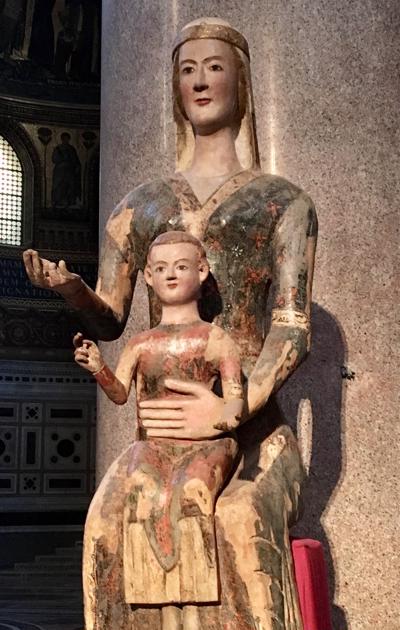
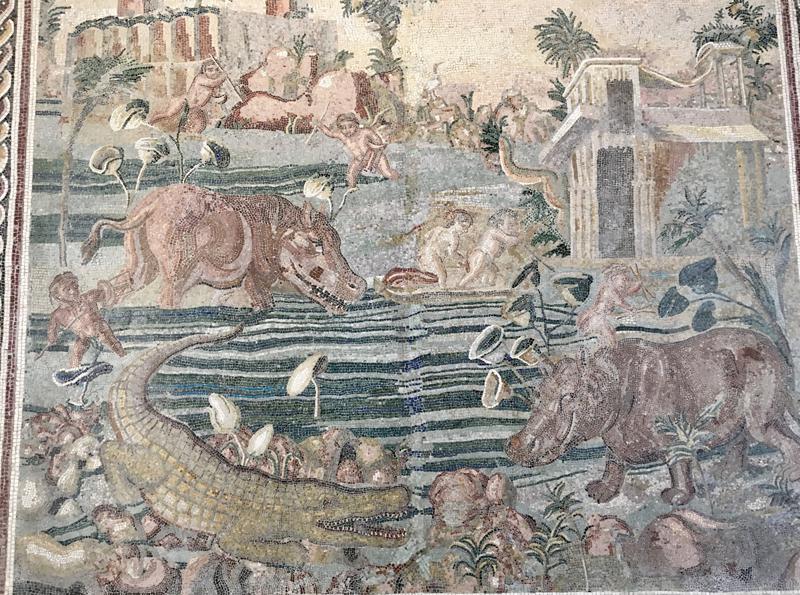
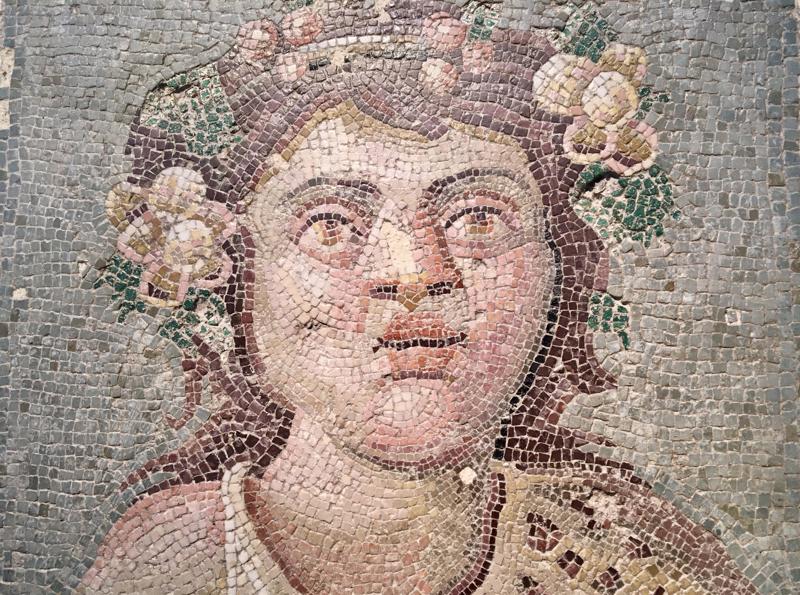
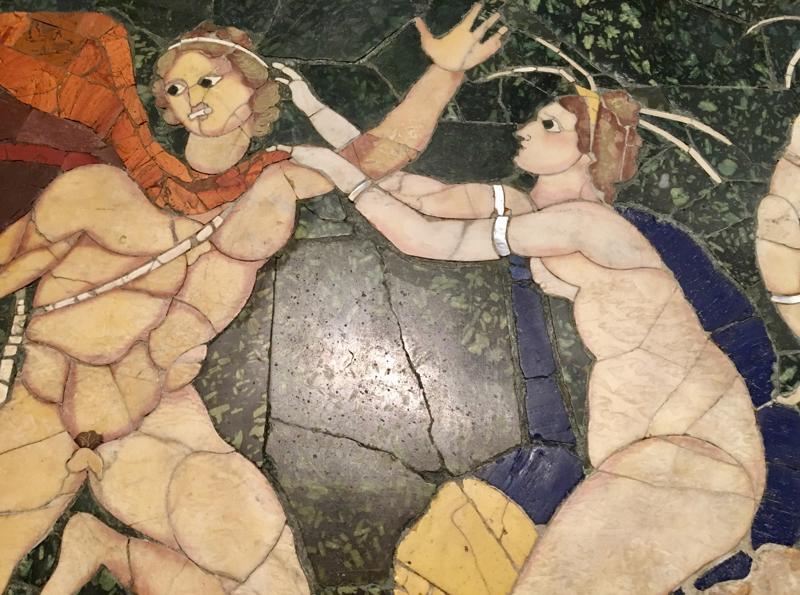
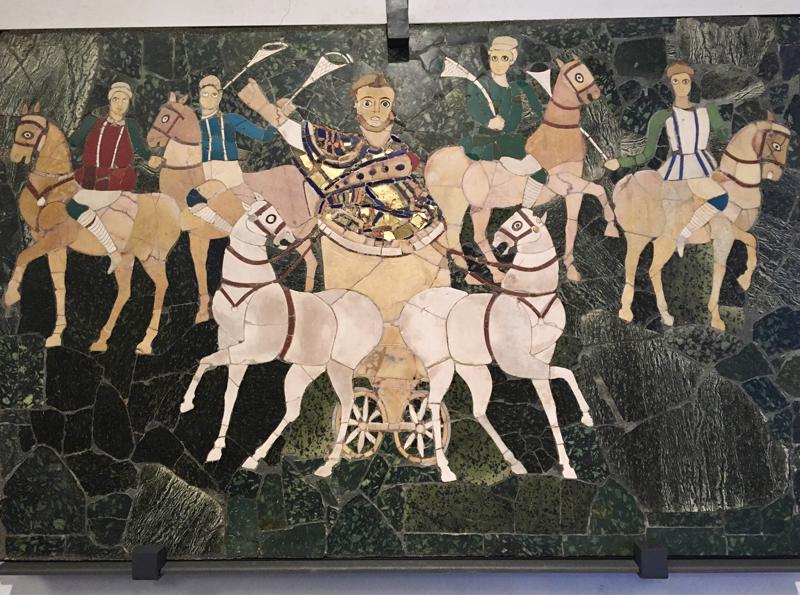
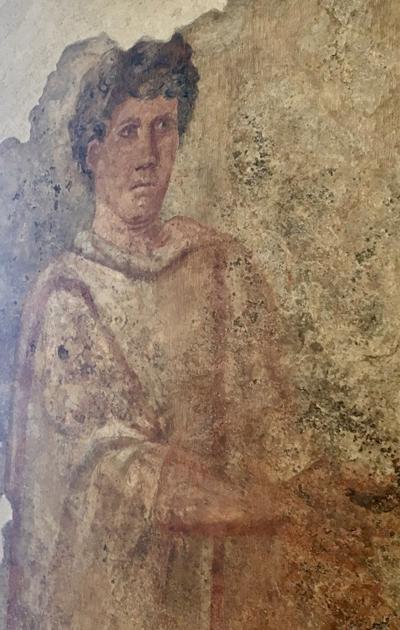
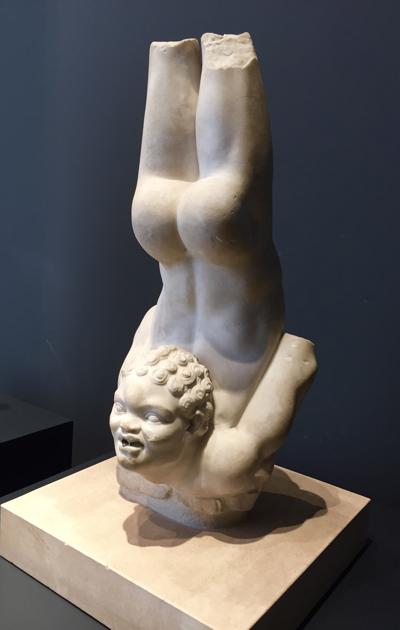
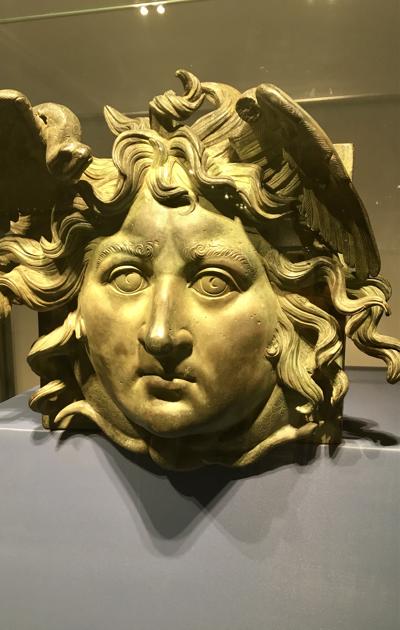
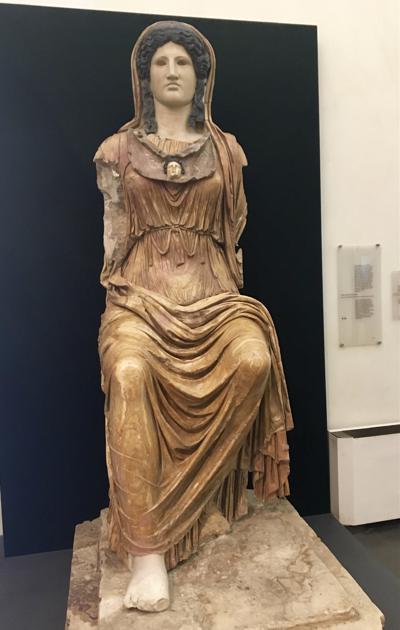
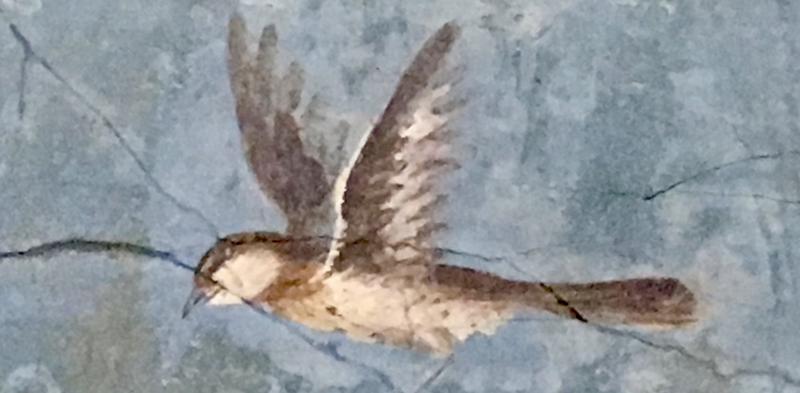
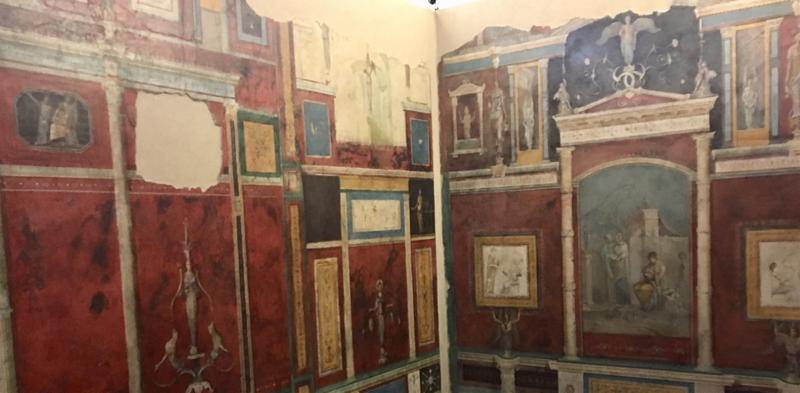
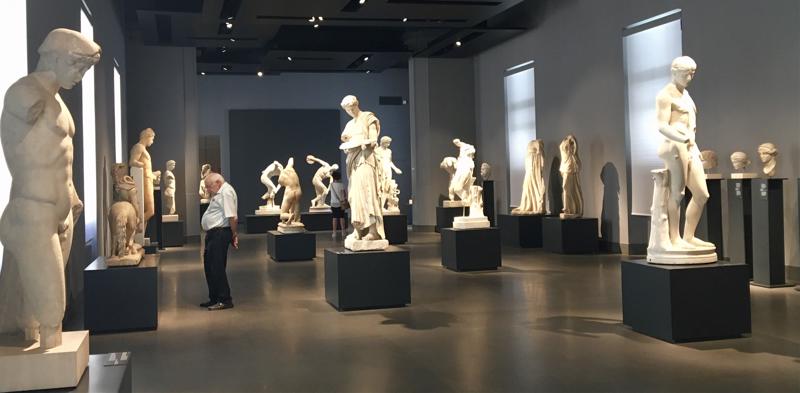
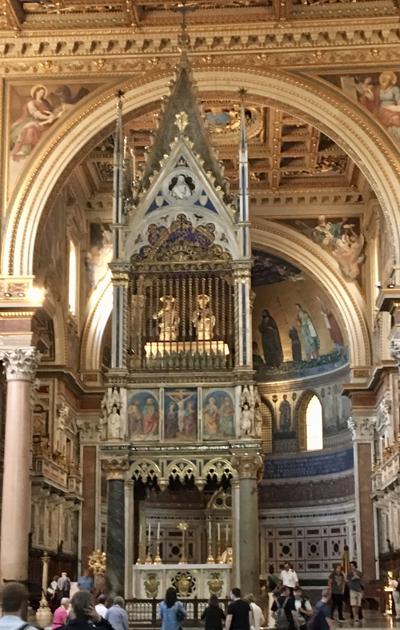
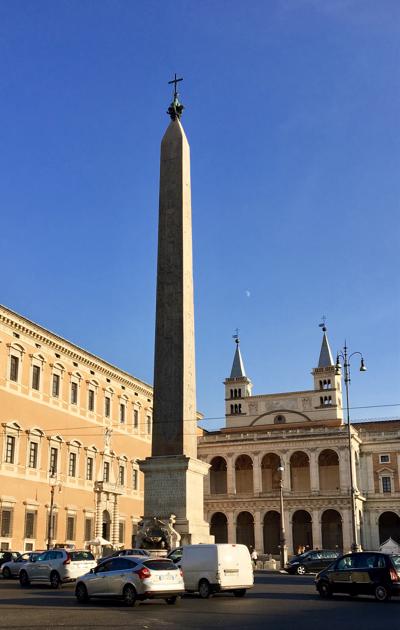
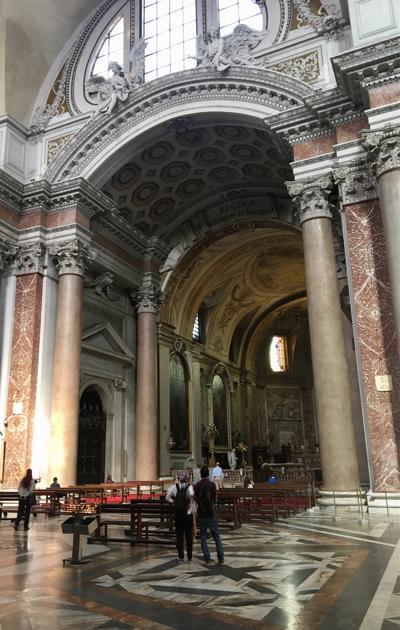
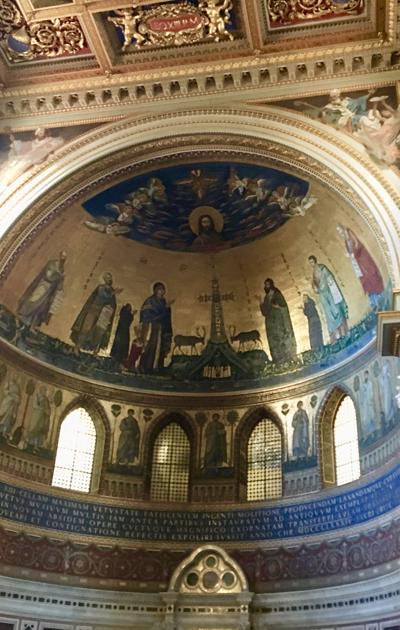
1.
Reach For the Sky
2.
Chien Mechant; Wash Day
3.
The Riviera; Last Stop in France
4.
Nice ..... 42 Years Later
5.
A Changeable Day in Monaco
6.
Another Lazy Sunday
7.
A Big Change of Scene
8.
A Long Walk In the Eternal City
9.
A Trip Back In Time
10.
Our Trip To the National Museum of Rome
11.
Metro Strike; Long Walk Through the Heart of Rome
12.
Smooth Transition; The Final Frontier
13.
Older Than the Ancient Greeks
14.
Getting To Know You
15.
Acropolis and Ancient Agora
16.
A Visit To the Oracle
17.
Over the Mountains, Across the Sea
18.
Dawn of the Olympics
19.
The Return of Summer; Our "Day Off"
20.
Mani Peninsula
21.
High and Low On the Rock
22.
A Mountainside of Churches
23.
Way Back Into Time
24.
The Healing Place & A Resting Place For Us
25.
Beach Boys Day Off
26.
Back To the Future
27.
Epilogue
Share your travel adventures like this!
Create your own travel blog in one step
Share with friends and family to follow your journey
Easy set up, no technical knowledge needed and unlimited storage!
© 2025 Travel Diaries. All rights reserved.